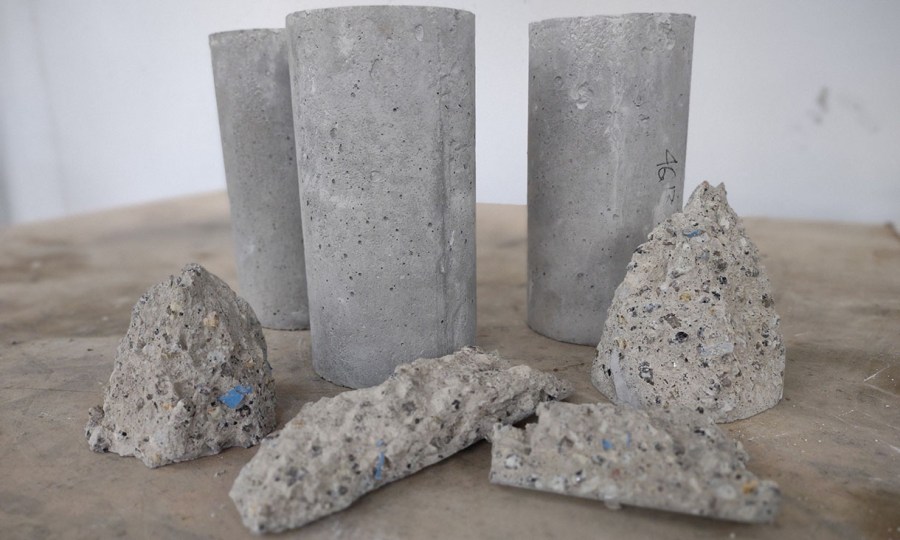TAMPA, Fla. (WFLA) — As the COVID-19 pandemic progressed, two years of personal protective equipment stacked up. The plastic, rubber, and cloth that protected health workers, patients, and family built into waste as the pandemic continued. Now, engineers at an Australian university, the Royal Melbourne Institute of Technology, believe they may have found a way to put some of those waste products to use.
The RMIT team of engineers researched how to recycle PPE. Through experimentation, the research team found that PPE has potential as “reinforcement materials in structural concrete.”
By mixing shredded PPE into the cement mixture, the scientists “could increase the strength of concrete by up to 22% and improve resistance to cracking.”
The case study by RMIT used shredded nitrile gloves in their concrete mixture. Using the shreds, RMIT’s engineers found the gloves “provided an excellent bond performance with the cement matrix.” The study abstract notes how single-use gloves had been in higher demand since the end of 2019, leading “to a significant increase in the generation of this clinical waste that requires various recycling solutions to reduce its environmental impact from disposal or incineration.”
In producing the study, the researchers said the effect of medical waste on the environment had become a challenge due to the daily increased amount of disposable products. They said, in a release from the university, that about 54,000 tons of PPE waste had been produced every day since the start of the COVID-19 pandemic.

Rather than have the gloves and other PPE be put in landfills or burned, the RMIT engineering team chose to study how the material can be used for construction.
“We urgently need smart solutions for the ever-growing pile of COVID-19 generated waste – this challenge will remain even after the pandemic is over,” Kilmartin-Lynch, a Vice-Chancellor’s Indigenous Pre-Doctoral Fellow at RMIT and study lead author, said.
RMIT said the feasibility studies they’d performed used disposable face masks, rubber gloves, and isolation gowns, which were shredded and then included in concrete mixes in different proportions.
According to the university, their research found:
- rubber gloves increased compressive strength by up to 22%
- isolation gowns increased resistance to bending stress by up to 21%, compressive strength by 15% and elasticity by 12%
- face masks increased compressive strength by up to 17%
“We have all seen disposable masks littering our streets, but even when this waste is disposed of properly it all ends up in landfill,” Corresponding author and research team leader Professor Jie Li said. “With a circular economy approach, we could keep that waste out of landfill while squeezing the full value out of these materials to create better products – it’s a win on all fronts.”







